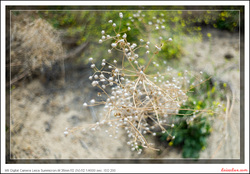
Since the aperture controls the iris on the lens, it's easy to understand that it has a direct effect on how much light is let in. When it's sunny and bright, you may want to stop-down to avoid over exposure, and when it's dark, you'll want to open it up to allow in more light. Maybe that was the original intent for aperture, but it's not how I use it today. Another thing that the aperture controls, is depth of field (DOF).

In a recent forum discussion on the 35mm-equivalency of the Panasonic-Leica 25mm f/1.4 lens mounted on the Olympus OM-D camera, I mistakenly said that it is a 50mm f/2.8 equivalent. In a way, I was both right and wrong at the same time. The lens on a micro-four-third sensor still has the same f/1.4 light gathering ability, but due to the size of the sensor, it can only produce the DOF of a f/2.8 on a full-frame sensor. This mistake had me realize that I hardly ever think of aperture for exposure purpose, instead, I use it as a creative tool to control DOF.
Doesn't matter which camera I used, I normally shoot from the aperture-priority mode, while letting the camera to automatically adjust other things (except on the M9, I also manually set the ISO). This gives me absolute control of the aperture I want to shoot with, restricting the DOF, and therefore determining how much the background is blurred. I hardly ever had to compromise on my aperture setting, except for when it is too bright. And for that, I've purchased a ND-filter (neutral density filter, a grey filter reducing light).
So, to back up my original claim of the 25mm f/1.4 lens on OM-D is like a 50mm f/2.8 on the M9 in terms of DOF, here are some test shots:
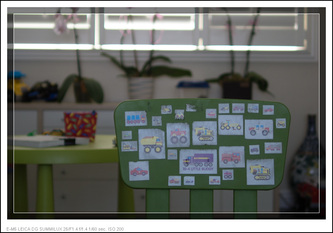
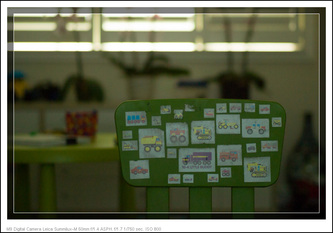
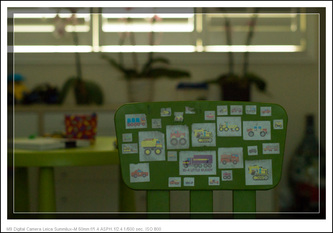
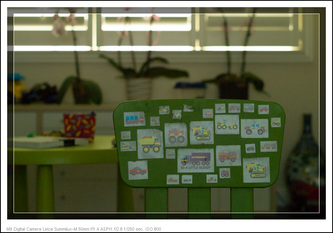


 RSS Feed
RSS Feed

